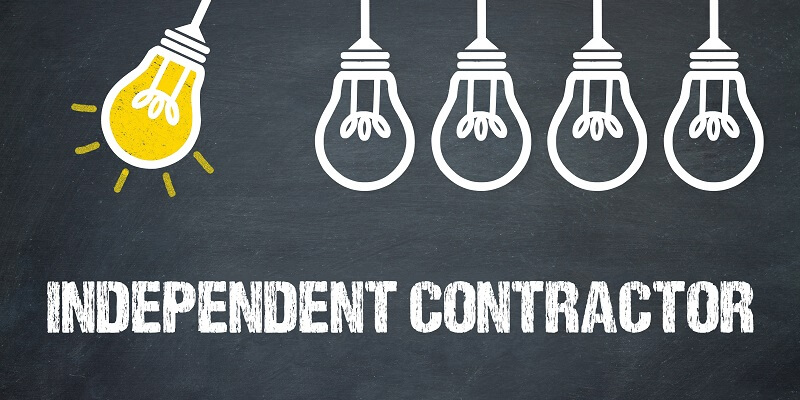The U.S. Department of Labor (DOL) is set to finalize its independent contractor rule this year, according to court documents. The rule has been under discussion for some time, with proposed changes forming a central part of the current administration’s labor policy. In this article, we will examine the background of the rule, how it fits in with previous regulations, and what stakeholders can expect in the coming months.
Background information on the U.S. Department of Labor’s independent contractor rule
The independent contractor rule is one of several labor law issues overseen by the DOL. The rule outlines the criteria required to classify a worker as an independent contractor under the Fair Labor Standards Act (FLSA). Independent contractors are not entitled to the same benefits and protections as employees, such as minimum wage guarantees and workers’ compensation insurance. Therefore, this rule plays an essential role in translating the FLSA into practical terms.
In November 2020, the DOL proposed tightening the criteria under this rule. This move was in contrast to the prior Trump-era rules, which offered a broader and more permissive standard. In December 2020, a deadline of 60 days was set to receive comments from stakeholders. At the time, it was anticipated that the regulation would be finalized in May 2021.
Proposed change to the standard for independent contractors under the Fair Labor Standards Act
The Department of Labor’s proposed rule would narrow the criteria for classifying a worker as an independent contractor. The new standard requires two tests: 1) an independent contractor must be in business for themselves and 2) the worker must have significant control over when, where, and how they do their work. These tests represent a more stringent interpretation of the Fair Labor Standards Act, thereby raising the bar for employers seeking to classify workers as independent contractors.
Comparison to Trump-era rules
When the Department of Labor (DOL) proposed a new independent contractor rule last year, it marked a departure from the Trump administration’s more lax standard. Under the Trump-era rules, employers could classify workers as independent contractors if they were merely “economically dependent” on the company, even if the company maintained significant control over the workers’ hours and activities. The new rule would require a more thorough analysis of the relationship between the employer and worker, aiming to avoid classification errors.
Stakeholder comments and the DOL’s review process
Stakeholders were invited to comment on the proposed independent contractor rule for several months last year. The DOL received an unprecedented 54,000 comments on the proposal, which it is now reviewing. In court documents filed in July 2021, the DOL confirmed that it is “still in the process of reviewing the comments received” and assessing how they might affect the proposed rule.
Request for a stay in litigation related to the Trump administration’s rule
In addition to the proposed rule, the DOL is also involved in ongoing litigation over an independent contractor rule put in place by the Trump administration. The department has requested a further stay on the litigation to allow time to finalize the proposed rule. The DOL has argued that because the new rule would result in a revised standard for classification, existing litigation would be rendered moot.
The DOL is considering the proposed rule
In light of the feedback received from stakeholders, the DOL is still considering its options regarding the proposed rule. Whether the DOL will adopt the proposed rule in its current form, make modifications, or scrap it altogether remains unclear.
The court has granted a 120-day stay and has required a status report in 60 days
In July 2021, the court granted the DOL’s request for an additional 120-day stay in litigation over the previous administration’s independent contractor rule, extending the prior stay granted in December 2020. The court also requested a status report in 60 days to inform any further necessary proceedings.
Potential impact of a final rule on the ongoing appeal
If the DOL finalizes its independent contractor rule before the litigation is settled, it would likely make the appeal unnecessary. A final rule would establish a new standard for assessing who may be classified as an independent contractor under the FLSA, thereby providing clarity for employers and employees alike. However, the exact timeline for finalizing the independent contractor rule is currently unclear.
In conclusion, the DOL’s proposed independent contractor rule represents a significant change in the way workers are classified under the FLSA. As the DOL continues to review the 54,000 stakeholder comments it has received, and as litigation over the previous administration’s rule remains ongoing, the timeline and scope of the new rule remain uncertain. However, it is evident that the DOL intends to move forward with this rulemaking and that it could have significant implications for businesses, workers, and the U.S. labor market as a whole.

